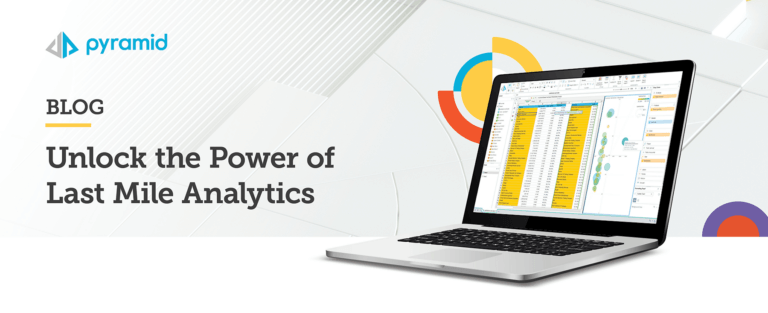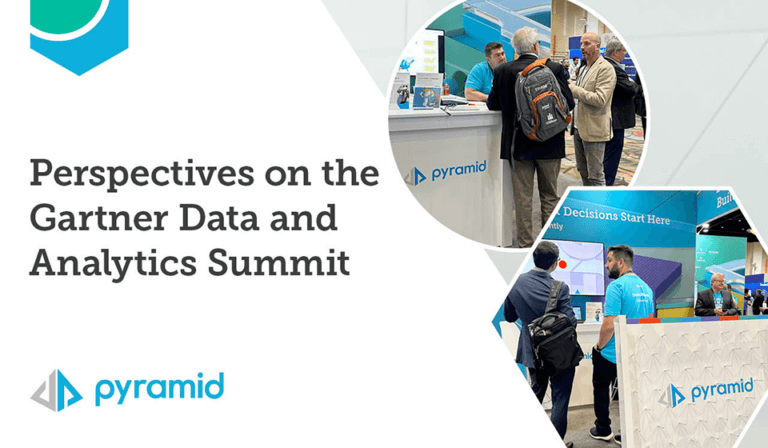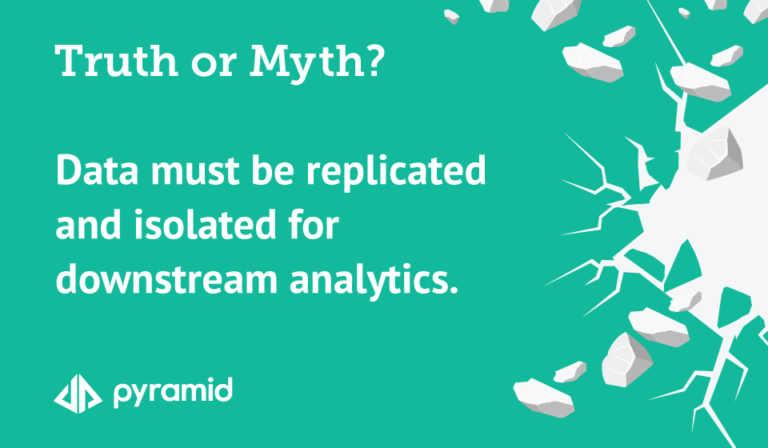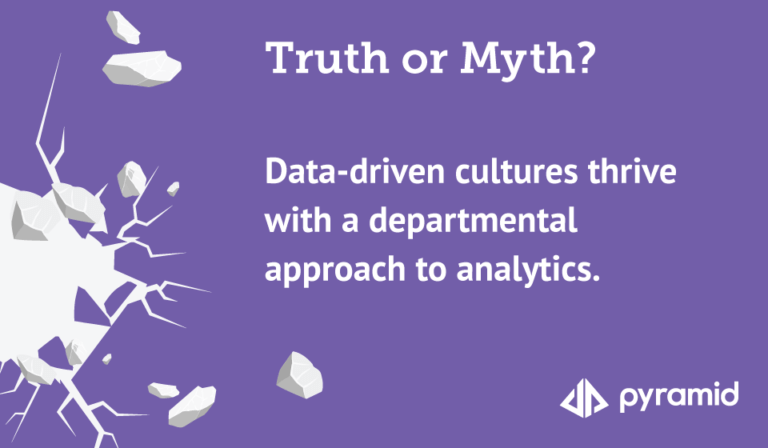In 2021, global companies are in the throes of digital transformation. Many of their changes are continuations of crisis responses from 2020 when, as McKinsey describes, “organizations [were] standing up analytics capabilities in a matter of weeks to inform business responses to COVID-19 challenges and prepare for the future.” But even before COVID-19, business leaders had prioritized advanced analytics, whose capabilities are expected to offer as much as $15.4 trillion in annual economic value, McKinsey reports.
This raises a critical question: As the world recovers from the COVID-19 crisis, how can business leaders bridge the gap between crisis response and realising the opportunities advanced analytics promised from the start?
In this article, we explore how Analytics and Business Intelligence (ABI) can provide data leaders and practitioners with tools and insights to pivot to value-added strategic decisions quickly. Featuring direct quotes from a March 4, 2021, “Digital Boardroom” event hosted by the CIO Institute and Pyramid Analytics, we will identify the modern transformation strategies that will point these companies toward long-term success.
Latent pain points emerged during the crisis
Despite its unique impact on the business world, the COVID-19 crisis has actually brought several latent business pain points to the forefront. Among them is a widespread misconception that companies are “data-driven” when, in fact, most are not.
According to the same McKinsey report, only 30% of organizations successfully align their analytics strategy with their broader corporate strategy. Pyramid Analytics’ own research shows similar shortcomings, where companies’ analytics solutions are not serving their purpose, nor are they even trustworthy. For example:
- 78% of decision-makers don’t trust the data they are presented
- 72% of data analysis is done offline in desktop tools or Excel
- 64% of users cannot access quality data and analytics
These shortcomings negate most of the value business leaders hoped to gain from their analytics investments. Worse, they put company data at risk as users sought and continue to seek unregulated workarounds or make decisions based on bad information. Few organizations have actually achieved transformational outcomes (30%), and few executives believe their organizations are truly data-driven (24%) as a result, according to our research.
There is an impetus to take a new approach, one that is fundamentally different from that made by business leaders in the past, of the top-down imposition of analytics tools. This new approach focuses analytics strategies on empowering individual frontline workers instead. “For many organizations, such change … runs counter to deeply ingrained processes and business beliefs,” says McKinsey. “However, during crisis-response efforts, organizations have readily empowered frontline employees with decision-making authority.”
Introducing the business decision supply chain
Optimising analytics and ensuring that it takes hold within the organization must begin by aligning analytics strategies with real decision-making processes at all levels of the organization. “We need to treat it like a supply chain—the business decision supply chain,” said Bill Balnave, Vice President of Global Solutions Engineering at Pyramid Analytics. At that time, Balnave introduced the digital equivalent of a mechanical flywheel, a new format to illustrate the business decision supply chain:
In this model, “data consumers” can communicate new needs effectively so that “data producers” can deliver insights in a contextual way that data consumers can understand. Data consumers can make quicker decisions about rapidly changing market conditions with these (now) business assets, delivered or accessed in near real-time.
“This is how you get that transformation,” said Balnave. “We think this is the opportunity to think differently about how you look at your data assets and to have people use it to turn it into business (assets) decisions.”
Improving data accessibility—and data governance
“At enterprise scale, there is real complexity with data,” said the Director of IT EMEA Enterprise Platforms at a leading research-based biopharmaceutical company, in response to Balnave’s introduction of the business decision supply chain model. “When you look at my space, commercial analytics … you want to join together many data sets, some internal, some external, and purchased in; otherwise, it doesn’t make sense in the context of your business.”
This director emphasized the critical balance that must be struck between governance and empowering frontline workers who must leverage insights from data for successful decision-making. “The essential part is not the technology,” she said. “It’s what you govern and what you keep centrally locked down … the rest of it, you get out of the way and you give access and let people do what they need to do.”
Participants in the discussion echoed this call to enable business users, even while maintaining governance in an environment that often converges data sets from multiple sources for a wide range of complex organizational decision-making.
A Chief Information Officer at a global power distribution and protection manufacturer went on to identify the trust deficiencies that emerge when data producers are neither accessible nor responsive to consumers who need data-driven insights. “Our biggest challenge was, we were too strict—IT was the only one delivering reports and we were too slow,” he said. “We couldn’t verify it and neither could the people presenting it.”
Where technology can play a more critical role in preventing data producers from wielding too much power over data and ensuring consumers wield just enough. The participants also discussed the importance of developing a successful operating model with this concept in mind, where complexity is not a barrier for everyday data consumers:
“There is a lot of ambition in the business to do stuff with the data, [but] the skills required to do some of this stuff is beyond the average analyst,” she says. “Instead of IT sitting on it—which is a dependency—we need to offer out the service; and if it gets complex, we help [frontline employees] get the necessary skills,” commented the research-based biopharmaceutical company IT director.
In this way, decision-makers have the support they need, but “they don’t take the data offsite and expose it to hacking or other risks,” she says. “That is critical.”
Connecting data excitement with data capabilities
Across the modern enterprise, there is no shortage of “data-excited people” among data consumers, Balnave points out: “These become your de facto leaders in raising awareness and ability.” What’s missing is a deeper understanding of the value and context of data on the part of data consumers—and more accessibility, without surrendering necessary governance.
Self-service capabilities that enable data consumers to access insights on their terms make this possible. Optimizing the business decision supply chain means enabling data producers to serve up insights to users with minimal effort; it also means supporting understanding, consistency, and collaboration.
To find out more about Pyramid Analytics and our approach to the business decision supply chain, contact one of our analytics experts to learn more or request a free demonstration.
This post originally appeared on the Global CIO Institute blog.












